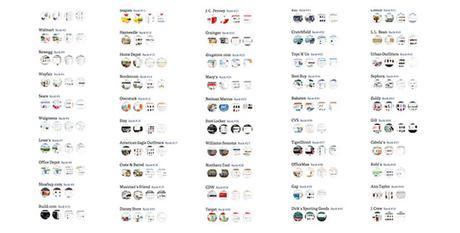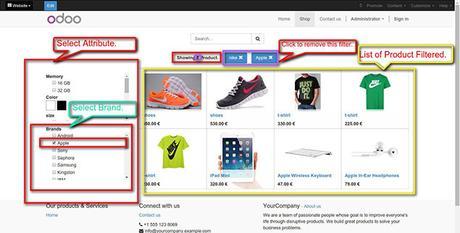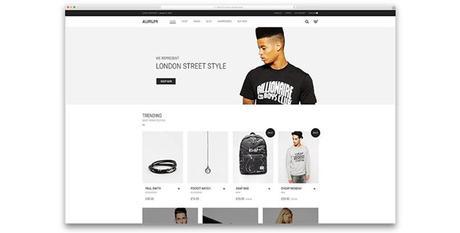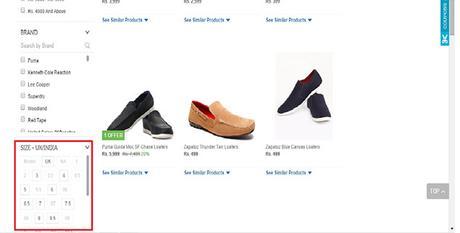One of the biggest problems respectable entrepreneurs running e-commerce websites have revolves around increasing sales and increasing overall revenue. This is a constant battle all e-commerce stores have to combat each and every day. If you want to go big, you will naturally have to include a lot of items in your e-commerce store. The wider the range of products you have, the more people your store will attract and wider audiences will have interest in what you have.
This is only one of the things you must do to try and boost your sales. You will also have to advertise your store and make it visible online. Furthermore, the competition is getting fiercer and the market is more crowded each day. These are all important and tough aspects that require a lot of attention, but even when you have a wide range of products in your e-commerce store, and you attract a lot of traffic, increasing sales is still not guaranteed.

The problem with large inventories
Having large inventories creates a different kind of issue that prevents people from buying products from your store. The problem with large inventories is that they can seem overwhelming, unpleasant to look at and confusing to potential customers. It might be difficult for them to find what they are looking for, which can cause them to leave your store for good, never to return again. Since you are attracting a wider audience, it’s only natural that the needs of your potential buyers will be quite different – they will be looking for different products.
Naturally, a consumer will always go to a big store if he or she is looking for a larger selection of products including different sizes, styles, colors, or brands. But, the more products and varieties you have, the harder it is to find a specific item in your store. This is where good ecommerce filtering is essential.

What is ecommerce filtering?
Ecommerce filtering is a system designed to make sorting out thousands of different items easy and simple. Recent research has shown that filtering systems are a valuable asset for e-commerce stores, and that they can deeply affect sales and revenue. Simply put, the whole thing is similar to searching on Google. You want your search to be easy, simple and correct – to find what you are looking for. The same rule applies for big e-commerce stores.
People want to find what they need without wasting any time. Researchers stated that their results showed only 16% of all big ecommerce stores they looked through gave users proper filtering tools. Most of them had issues when it comes to essential filtering options, bad user interfaces and poor filtering logic. If you pay attention to these things and adjust them to users, you will definitively increase sales. Continue reading to find out how.
1. Include filters for all unique features of your products
Your navigation filters have to guide potential customers to any specific products that have the features they put in. If all your items come in different styles, colors, sizes, prices, etc. and you should have these selectors to make it easier for them to find what they are looking for. Still, this doesn’t mean that all of your products should have the same filters and attributes. If you sell computers and socks, they can’t have the same features, don’t you agree?
The best way to determine which filters to include is to see what people are looking for in a certain type of product. For example, if a person is buying computers, he or she would want to filter products by RAM memory, CPU, Brand, hard drive, Laptop, PC, tablet, etc.

2. Make adding and removing filters easy
If a consumer doesn’t get the product he or she was looking for from the first search, they will look to modify search filters and search again. This is why it’s essential to enable consumers to add or remove filters with just one click, without any delay. Usually, the best design for a filter is to use a box the user can either check using the available options (or they can type in their own filter). Make sure the the process of checking and unchecking goes without a hitch.
3. Refresh rate is essential
All of the aspects of an e-commerce store must be optimized to work fast on all devices, and this includes filters. How fast someone checks or unchecks filters, gets results, and how fast filters refresh is highly important for making sales. Research has even proven that having a delay of one second in page loading time can create 7% conversion loss.
4. Include theme filters
Thematic filtering gives customers a shopping experience that puts them in a certain context. Customers will need a lot of time to see the things they’re interested in. Thematic shopping experiences can have a lot of impact on a person’s purchasing decision.
For example, you can include themes such as movies, games, or make them more specific such as, Batman, Spiderman, or casual clothes and business attire. This does not only make it easier to find what you’re looking for, but customers will also be sure that they are purchasing the right thing. A whole 20% of the biggest e-commerce stores still don’t have thematic filtering, and because of this, they are missing out on a lot of sales.

5. Allow multiple filter attributes for the same type
If you want your product filtering to be effective, you cannot allow your filter attributes to exclude each other. This means that a buyer should be allowed to add as many filter attributes in order to get more relevant and refined results. This filtering logic will make it easier for customers to specify their search and get exactly what they are looking for. Make sure to implement this and you will gain a lot of advantage, as over 30% of ecommerce stores don’t have these kinds of systems.

Custom filters are the future, and you should make sure to implement these solutions on your website and gain an instant advantage over your competition while you still can. Once you’ve made the user experience flawless you can focus on attracting customers to your site and you will have a higher conversion rate that will lead to higher revenues.
Finoit has developed over 100 Ecommerce sites and marketplaces, and over 50 mobile commerce apps. For any question or requirement, please contact us on [email protected]
Enterprise Mobility – Key Challenges